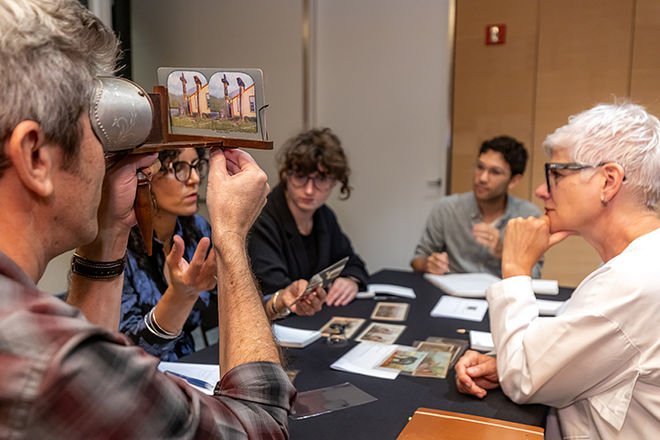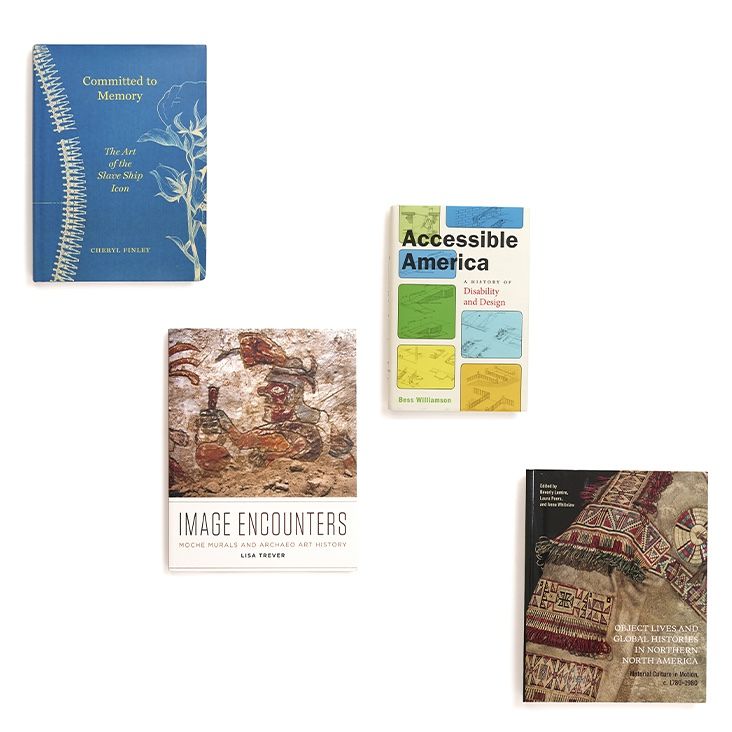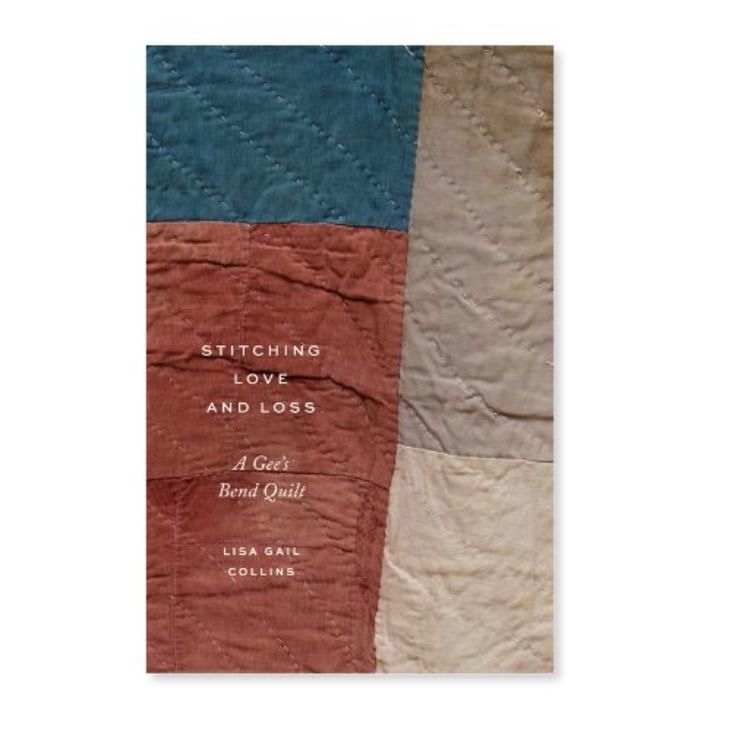The act of performance begins to live its afterlife immediately, during the very moment of its creation. Students in the course Beyond the Object Principle (Hanna Hölling) continue to ask questions related to the status of performance art, its archive, left-overs and documentation. What is left after the spectacle, which often has a spontaneous character and is usually based on nothing more than improvisation? What can be shown again if there are no strict instructions on how to handle recordings of performances? Do those recordings live the independent life of works of art as well, or do they deserve an extraordinary classification in terms of a separate genre of artistic documentation? And, last but not least, can we legitimize retaining the immediate “now”, keeping performance alive, presenting it over and over again, commodifying, re-contextualizing or simply activating it, knowing that this genre was originally thought to act against precisely these mechanisms of the art world?
Cabelle Ahn, M.A. student in the course provides an interesting view on the modalities of continuation of performance on the example of an exhibition visited by the class.
Organized by Jay Sanders, Curator of Performance at the Whitney Museum, the exhibition Rituals of Rented Island: Object Theater, Loft Performance, and the New Psychodrama—Manhattan, 1970–1980 is an exercise in archaeology. The show includes performances, objects, drawings, media installations and even artefacts and residues from undocumented and lost performances. While artistic colonization of the South of Houston street began in the 1950s, the exhibition is largely centered on the 1970s with the title alluding to Jack Smith’s The Secret of Rented Island (1976-7), a theatrical performance that restaged Henrik Ibsen’s Ghosts (1882) with an ensemble of children’s toys. The exhibition is in fact closer to the first half of Jack Smith’s title, as the exhibition excavates largely unknown artists alongside the more familiar names in the history of performance art. Particularly striking is a claustrophobic corridor where visitors follow along documentation of Vito Acconci’s Following Piece (1969) with his Claim (1971) with its visual and aural cacophony guarding the end of the passageway. Here, exhibition design seems to consciously reenact Acconci’s works. Familiar names such as Yvonne Rainer command an entire gallery space but well-known works by artists such as Laurie Anderson is supplement by artists hitherto forgotten such as Ralston Farina. The latter’s pop-up performances in New York sought to use time as a medium and were never documented. The inclusion of Farina’s works in the Whitney exhibition in fact tackles a question at the very center of our seminar: what is the afterlife of performance art, and what happens to artworks without an archive? The Whitney exhibition’s answer gravitates toward material remains, positioning objects as mnemonic triggers of performance and as instruments of narrative. A particularly cogent case is a small, dark room containing small objects from zippers to buttons—both the catalysts and the residue of composer John Zorn’s Theatre of Musical Optics in which Zorn replaced musical notes with manipulations of small objects.
Still, if the premise of the exhibition is that the period saw collaboration both between the SoHo artists and the between the artworks and the public psyche, the exhibition layout to a certain extent subverts such narratives. The installation is perhaps too rigidly divided into artists, isolating the artists and consequently the artworks from one another, which in turn emphasize the authors rather than the works. Nonetheless, the Whitney visit was a crucial component to investigations in our own seminar—as the exhibition and the accompanying performances address questions of resurrections and continuations. The exhibition concretely maps out the terrain of performance art while simultaneously splintering quixotic views of 1970s artistic communities in SoHo.
In an interview with Whitney, Zorn explains that his musical pieces would “have a narrative going…maybe there’d be a small piece of a mirror, maybe there would be something that looked a little a coffin, maybe a tooth, you know, all these things that were kind of related to the story and I would put them out in different ways to spark your imagination.” In a way, the Whitney exhibition is similar to Zorn’s overall conceit: the object as the syntactical unit of performance. Rather than a graveyard of relics, it is a step-forward on the on-going discussion on the history of performance art and methods of display—perhaps we can even call it a prop-formance.














